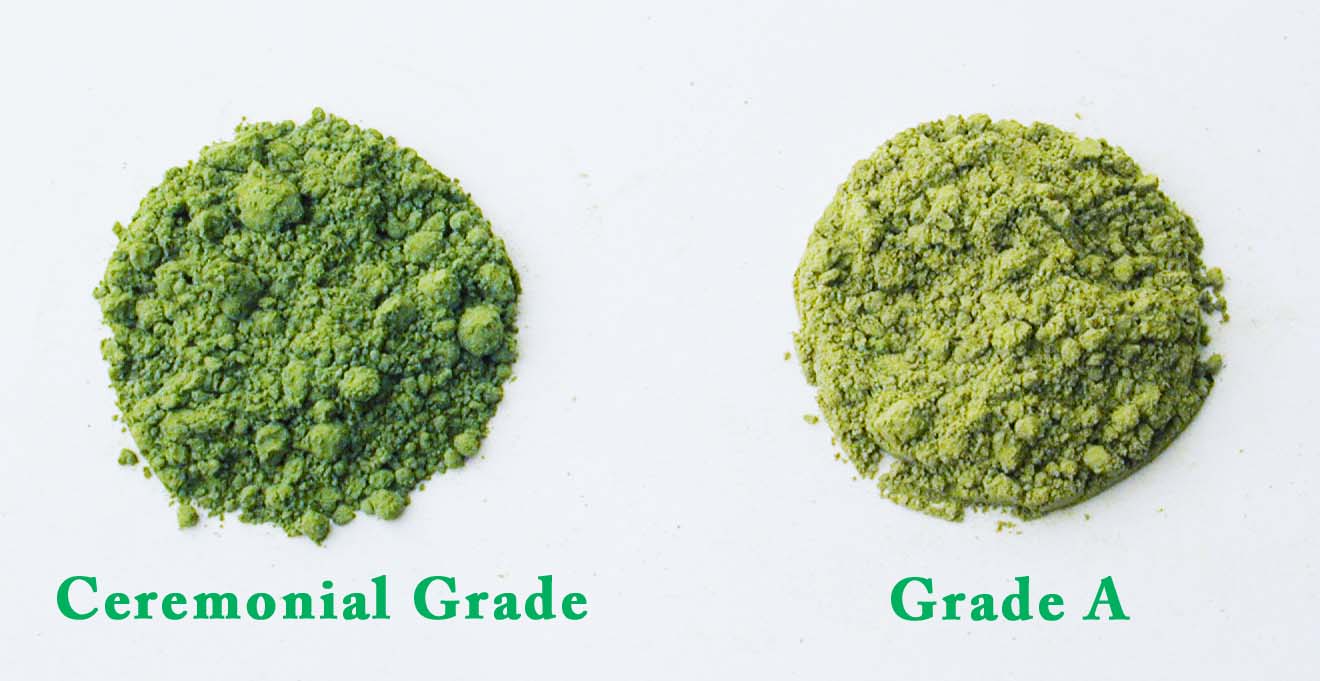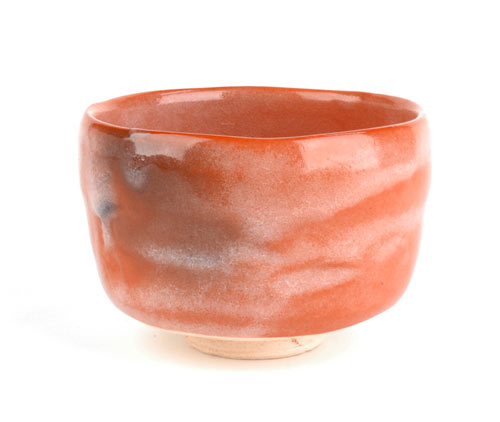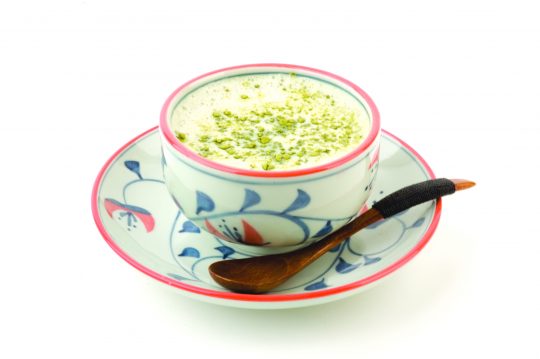 Style
Style
The Genmaicha Latte is a creamy, caffeinated drink ideal for latte lovers. It can be made with our special powdered Genmaicha sticks.
Teaware Needed
A Genmaicha latte can be prepared on stove-top or with the steamer of an espresso machine. Asian-style espresso cups are ideal for this presentation.
Preparation Recipe
Place three heaping scoops (or one Genmaicha stick packet) into a small amount (around a tablespoon) of hot water and whisk the powder into the water until it is dissolved. Add 8 oz milk (or non-dairy) to the dissolved Genmaicha powder. Bring to a boil once, or steam with espresso machine. Garnish with Genmaicha powder on top.
Sweetener options: vanilla, honey, cane sugar, stevia.
Flavor Profile
Energizing and creamy with a dry taste of fresh greens and toasted rice.
Click here to download the PDF Genmaicha Latte Brewing Guide

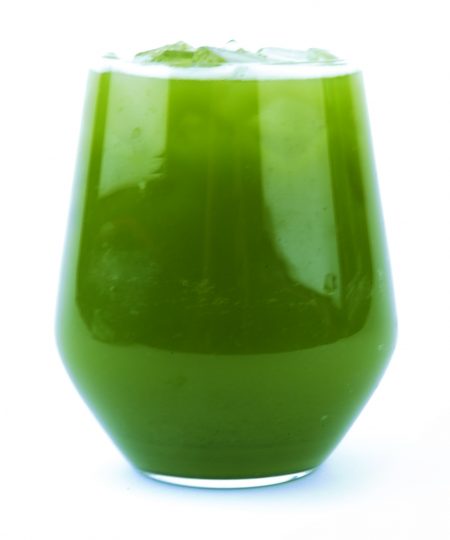
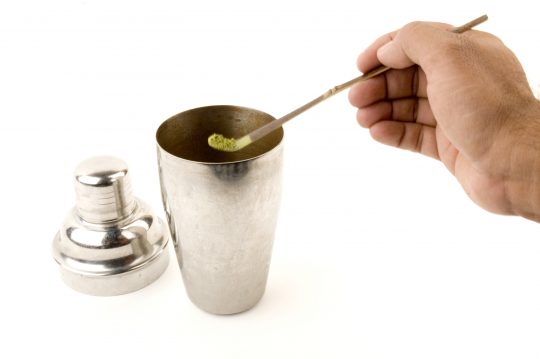
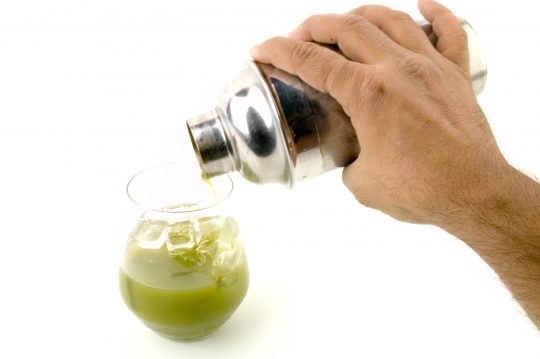
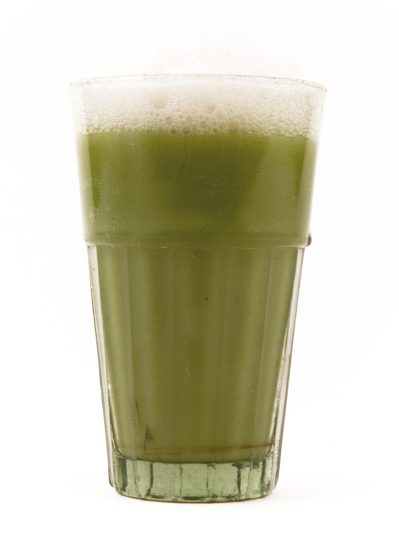
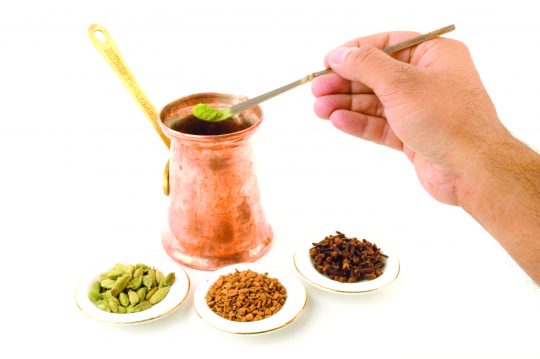
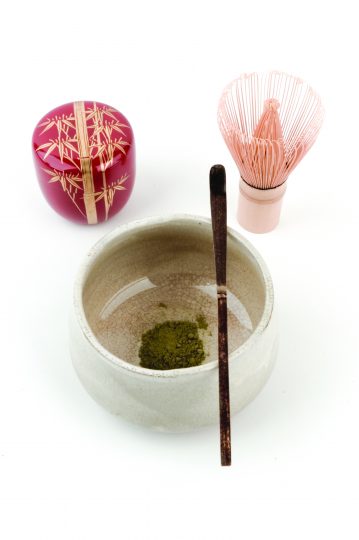



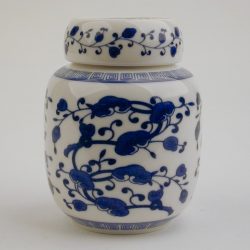
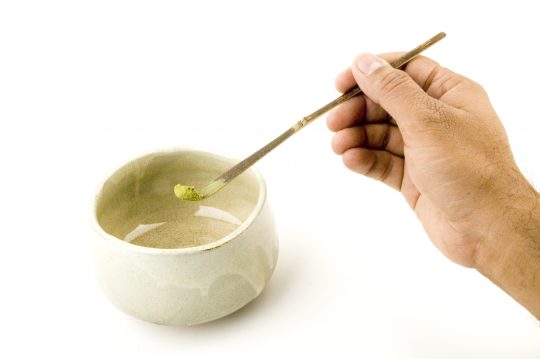


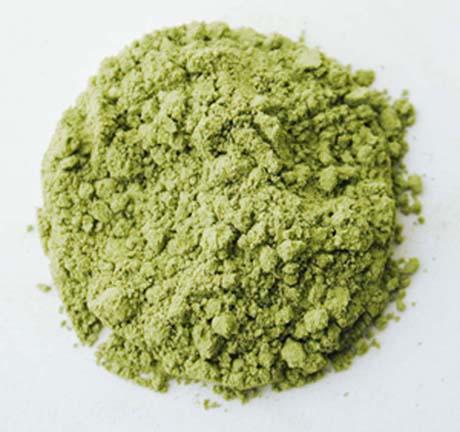 Ceremonial Cup
Ceremonial Cup